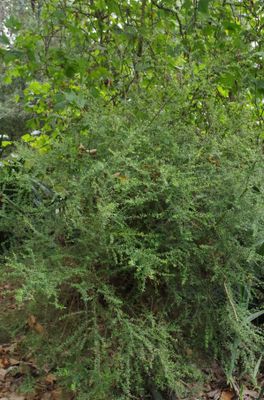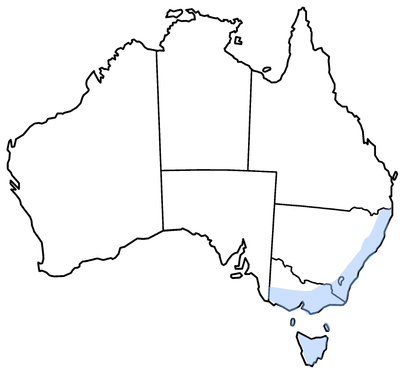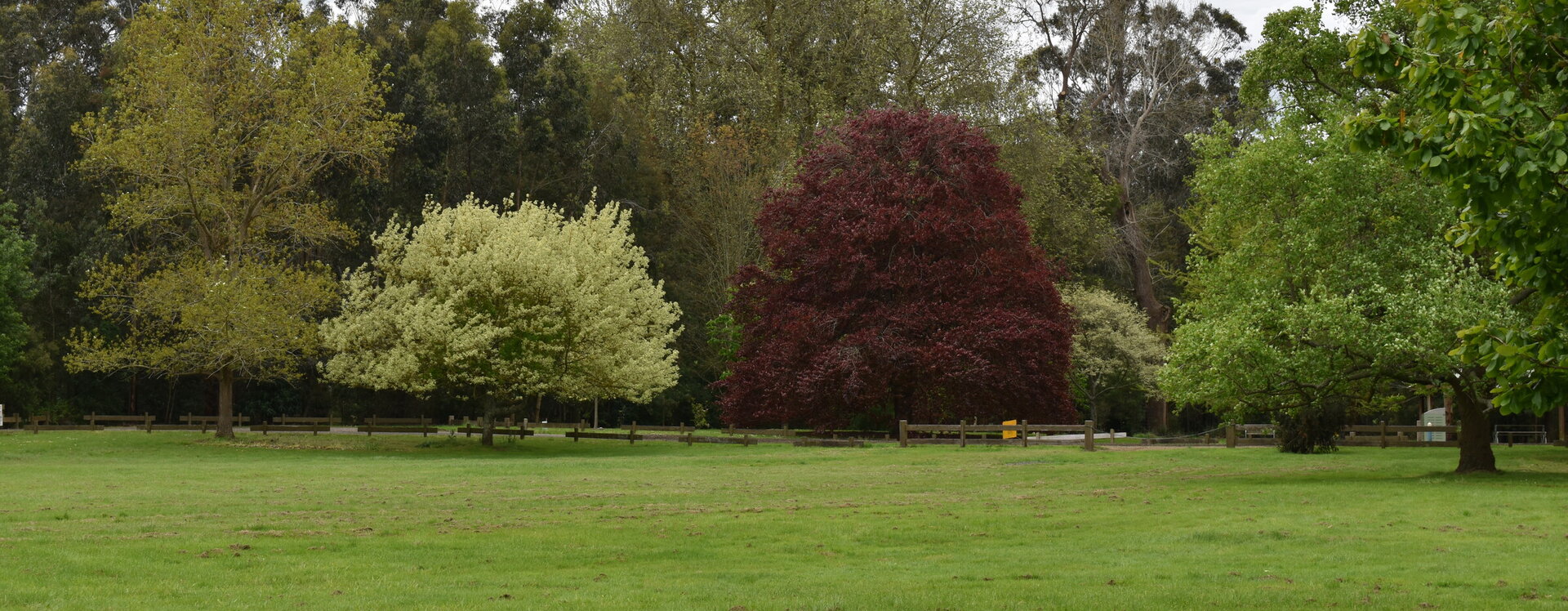

Coprosma quadrifida
Coprosma
Coprosma quadrifida, common name prickly currant bush is a dioecious shrub of the family Rubiaceae native to southeastern Australia. It is an erect shrub that can grow to between 2-5m tall. Branches remain slender, often tapering to a spine at the point. Leaves are a dull green colour and lanceolate, or broad ovate, shaped, small, typically 5-15mm long and 2-5mm wide. The leaves are without hairs and display clear reticulate venation underneath. Leaf margins are typically flat or slightly recurved. Flowers are greenish, bloom in summer and are Inconspicuous and unisexual, with male and female flowers occurring on separate plants. Flowers are often solitary and are terminal on short branchlets. Male flowers have a cup-shaped calyx and a
funnel-shaped corolla. Female flowers have a deeply toothed calyx and a tubular corolla.Fruiting occurs in late summer or early autumn, typically January to March, and results in a drupe. The fruit is small and globular. It is glossy and ranges in colouration from orange to dark red. The fruit is crowned by the remanent calyx of the flower. The fruit is edible. The 1889 book 'The Useful Native Plants of Australia records that Coprosma Billardieri common names included "Native Currant" [sic] and that Indigenous Australians of Coranderrk Station, Victoria, called it "Morr" and that 'This plant bears a small round drupe, about the size of a small pea. Mr. Backhouse states that (over half a century ago) when British fruits were scarce, it was made into puddings by some of the settlers of Tasmania, but the size and number of the seeds were objectionable.'
Significance to the Ganai community.
The fruit were eaten when ripe.
52.00 Location Latitude; -38.402130000000 Longitude; 146.054990000000
52.01 Location Many specimens form part of the Tarwin River bank restoration plantings by the West Gippsland CMA in 2009/11

